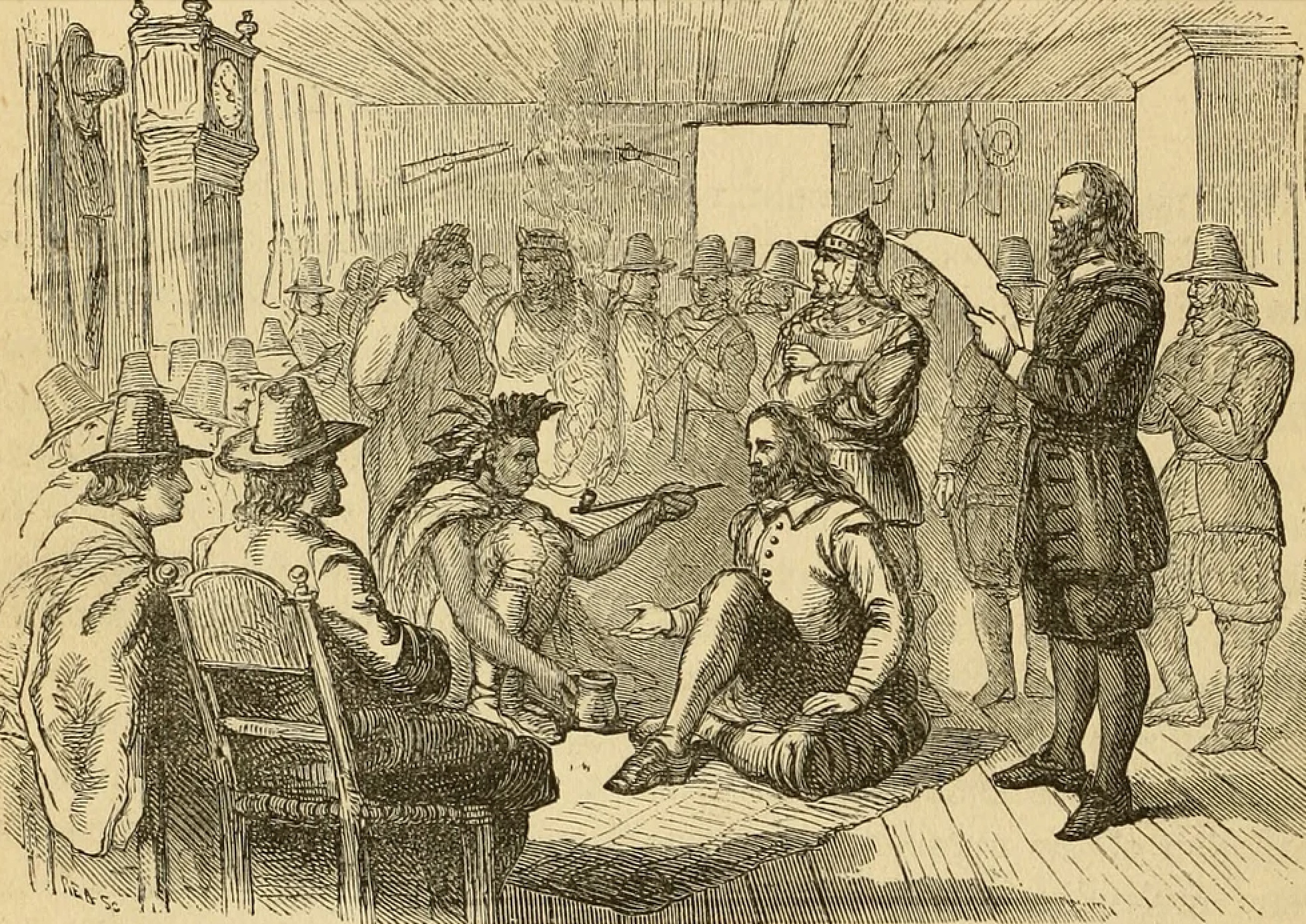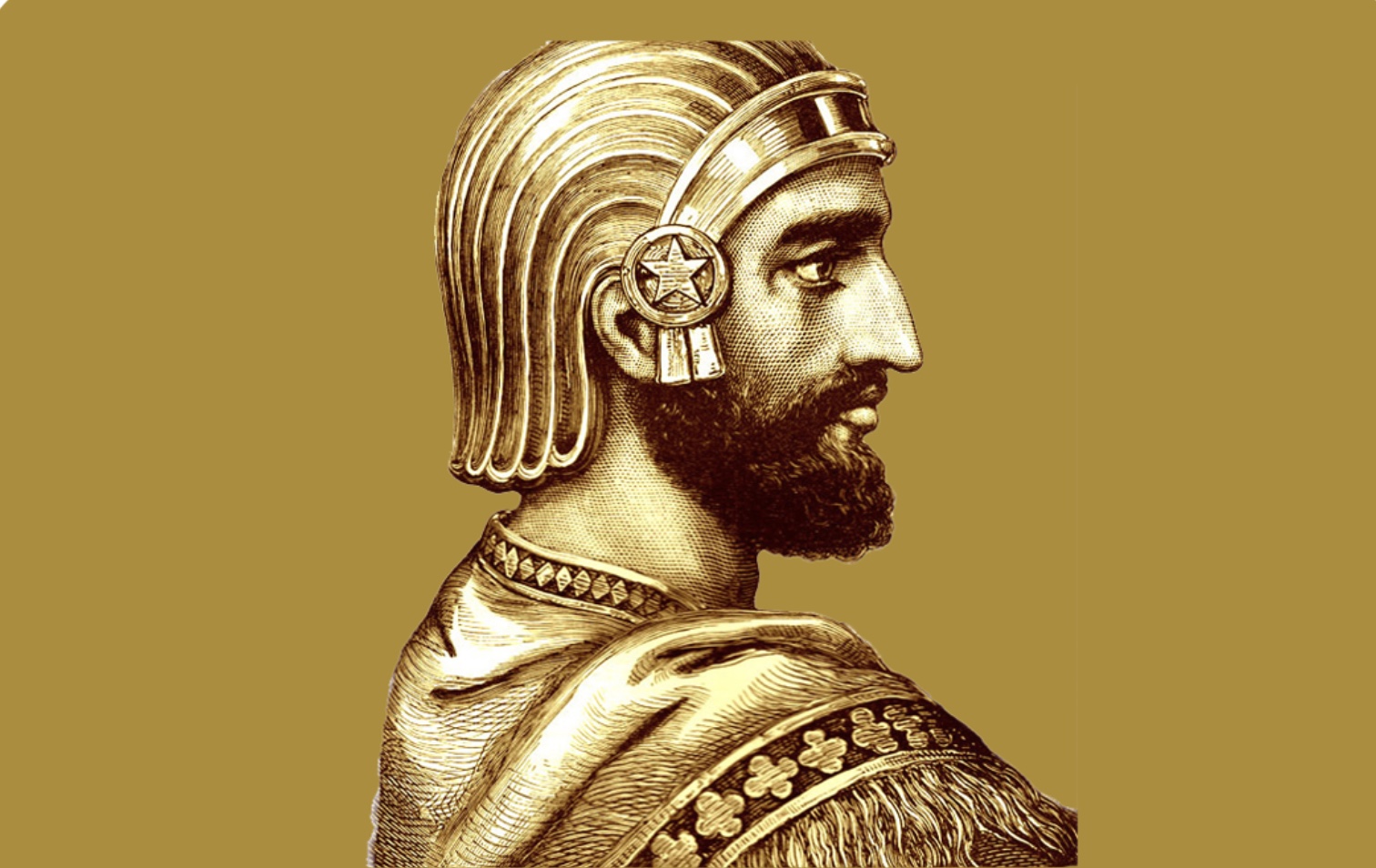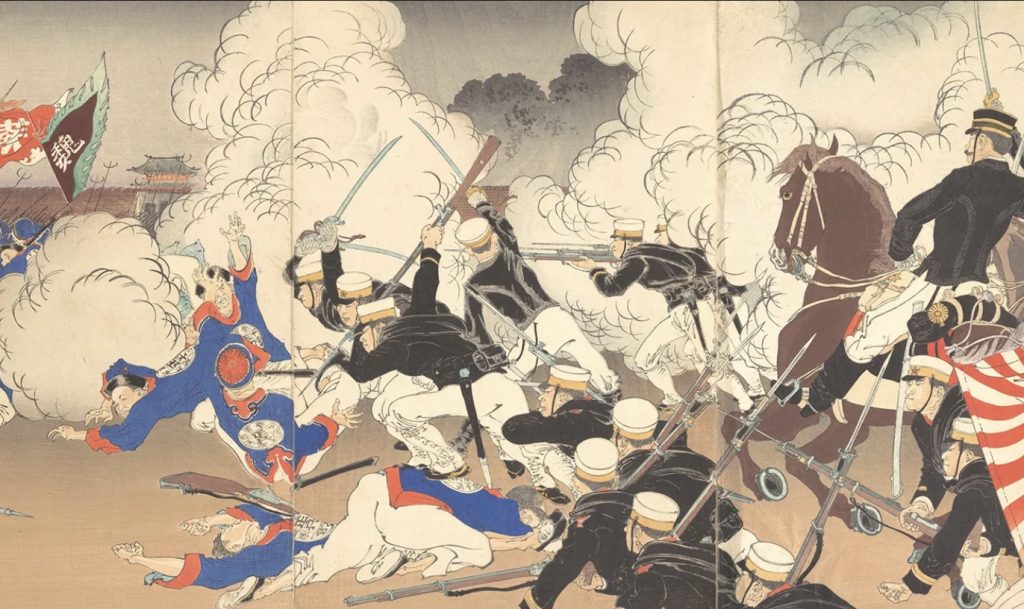
Introduction
The Empire of Japan holds a unique and complex position in world history.
Its history is a rich narrative of transformation and resilience, marked by periods of isolation and rapid modernization.
Japan’s journey from its mythic origins to becoming a global powerhouse is a testament to its adaptability and innovation.
Moreover, Japan’s interactions with the outside world, whether through conflict or diplomacy, have left an indelible mark on global history.
This article aims to provide a comprehensive overview of the Empire of Japan, exploring its early history, key events, cultural achievements, and the impact of major wars.
By delving into these aspects, we can gain a deeper understanding of how Japan became the sophisticated and complex nation it is today.
Origins and Early History of the Japan Empire
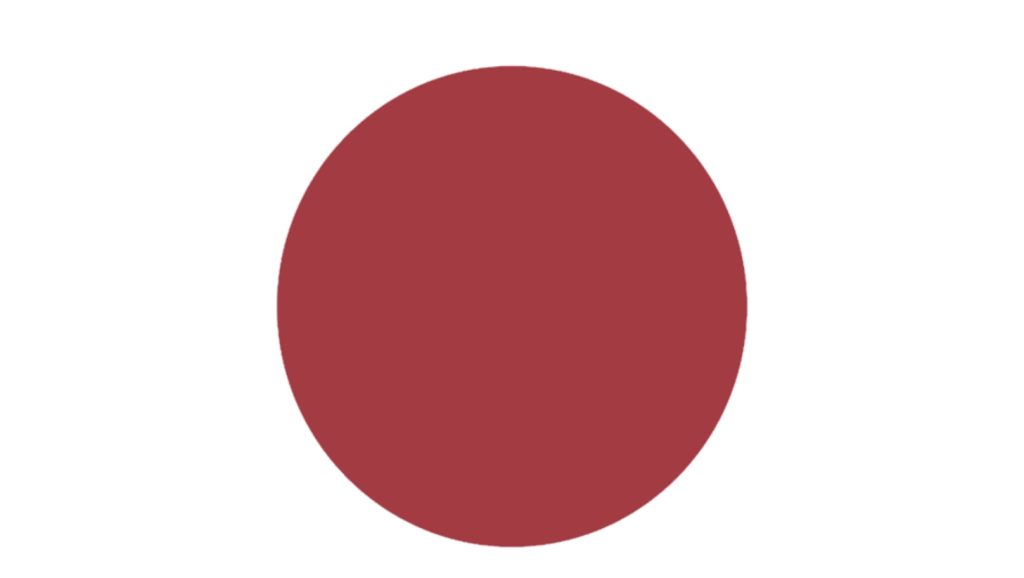
Japan’s origins are deeply rooted in myth and legend, with stories of divine ancestors and heroic emperors.
However, archaeological findings provide a clearer picture of the early history of this island nation.
The early settlers, who arrived thousands of years ago, laid the foundation for what would become a rich and complex society.
The Jomon period, which began around 14,000 BCE, is characterized by its distinctive pottery, some of the oldest in the world.
These early inhabitants were primarily hunter-gatherers, living in small, semi-sedentary communities.
The Jomon people developed a sophisticated material culture, including intricate pottery, stone tools, and even early forms of dwellings.
Their society was complex, with evidence of social stratification and ritualistic practices.
Around 300 BCE, the Yayoi period ushered in significant changes. The introduction of rice farming from the Asian continent revolutionized Japanese society.
This agricultural shift led to more permanent settlements and the development of new technologies, including metalworking.
The Yayoi people were more advanced than their Jomon predecessors in many ways, including their social organization and craftsmanship.
They built large villages and began to form early political structures, setting the stage for the development of more centralized governance.
The Kofun period, starting around 250 CE, is marked by the construction of large burial mounds, known as kofun, which signify the growing power of the elite.
The Yamato clan emerged as the dominant force during this time, unifying various clans under its rule.
The Yamato rulers claimed to descend from the sun goddess Amaterasu, establishing a divine right to rule that would continue throughout Japanese history.
This period also saw the introduction of Buddhism and Chinese writing, which had a profound impact on Japanese culture and governance.
Important Highlights from the Empire of Japan
The Empire of Japan’s history is punctuated by numerous significant events and influential figures that shaped its development.
From the establishment of the first imperial court to the unification under various shogunates, these milestones reflect the dynamic and often tumultuous nature of Japanese history.
One of the earliest significant events was the establishment of the imperial court at Nara in the 8th century.
This period, known as the Nara period, saw the codification of laws and the centralization of power.
The subsequent Heian period is often considered a golden age of Japanese culture, with the flourishing of literature, art, and courtly life.
The Kamakura period, beginning in the late 12th century, marked the rise of the samurai and the establishment of the shogunate system, which would dominate Japanese politics for centuries.
The Muromachi period followed, characterized by both cultural achievements and internal strife, including the Onin War, which led to a century of civil war known as the Sengoku period.
The unification of Japan under the leadership of Oda Nobunaga, Toyotomi Hideyoshi, and Tokugawa Ieyasu in the late 16th and early 17th centuries marked another major milestone.
The Tokugawa shogunate ushered in a period of peace and stability, known as the Edo period, which lasted until the mid-19th century.
Several key figures played pivotal roles in shaping Japan’s history.
Emperor Jimmu, the legendary first emperor, is said to have founded the imperial dynasty.
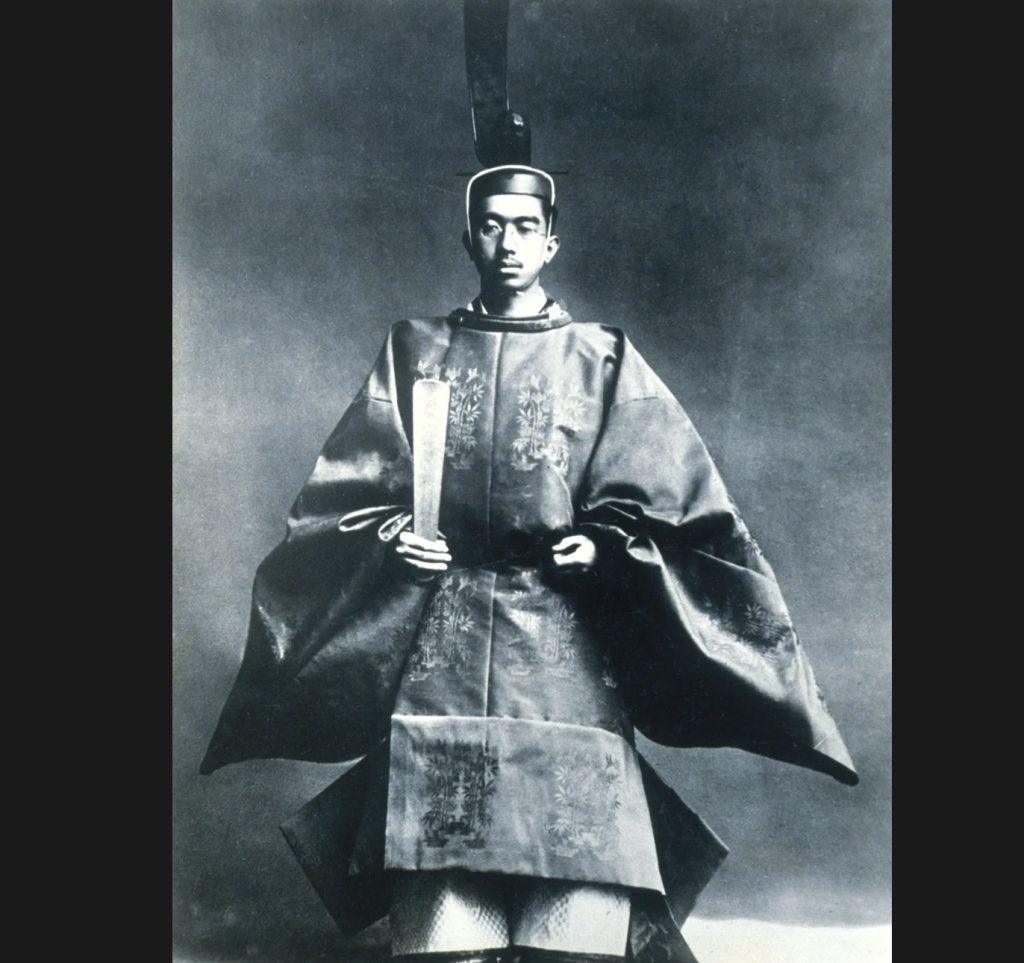
Emperor Hirohito Longest Reigning Monarch in the Empire of Japan
Prince Shotoku, a regent in the early 7th century, promoted Buddhism and Confucianism, laying the groundwork for a centralized state.
Oda Nobunaga was a ruthless and innovative military leader who began the process of unifying Japan.
His successor, Toyotomi Hideyoshi, completed this unification and attempted to expand Japan’s influence into Korea.
Tokugawa Ieyasu, the founder of the Tokugawa shogunate, established a lasting legacy of peace and stability.
The Meiji Restoration brought forth leaders like Emperor Meiji and reformers such as Ito Hirobumi and Saigo Takamori, who transformed Japan into a modern nation-state.
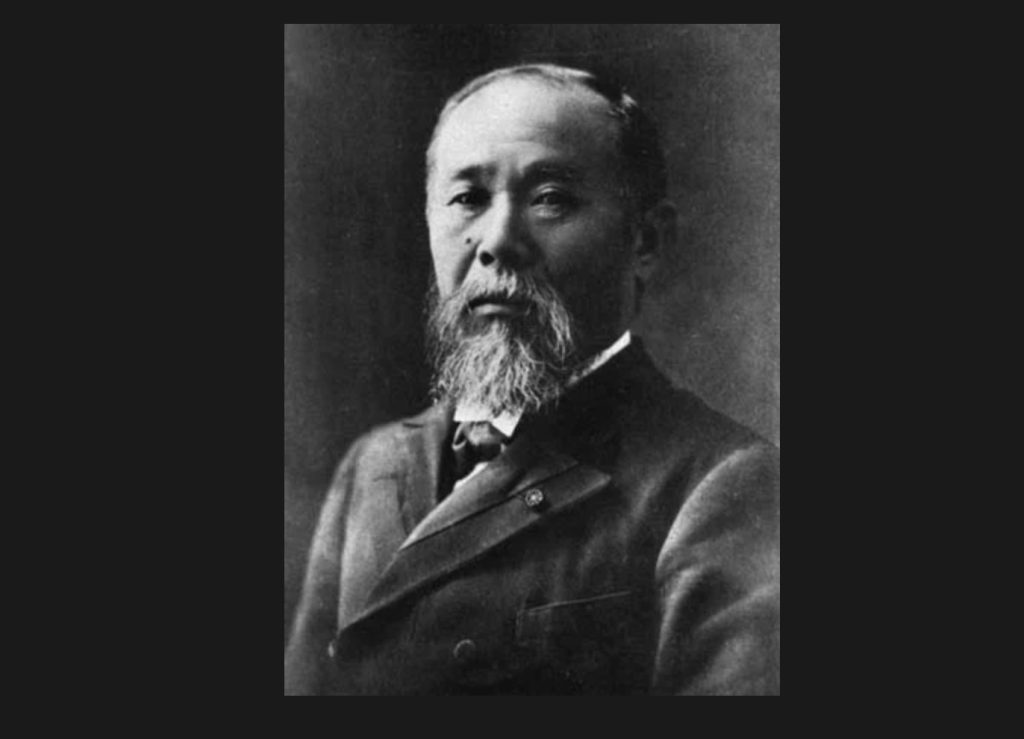
These figures, among many others, contributed to the rich tapestry of Japan’s historical narrative.
The Meiji Restoration
The Meiji Restoration of 1868 was a pivotal moment in Japanese history, marking the end of the Tokugawa shogunate and the restoration of imperial rule.
This period of transformation was driven by internal discontent and external pressures.
The arrival of Commodore Matthew Perry and his Black Ships in 1853 forced Japan to open its ports to foreign trade, exposing the country’s technological and military backwardness compared to the Western powers.
The signing of unequal treaties with Western nations, which infringed on Japan’s sovereignty, fueled widespread dissatisfaction among the samurai and intellectuals. The rallying cry of “sonno joi” (revere the emperor, expel the barbarians) reflected the desire to restore the emperor’s authority and resist foreign influence.
The Meiji leaders implemented sweeping reforms to modernize Japan. The feudal system was abolished, and the domains were replaced with prefectures under a centralized government. The samurai class was disbanded, and a conscript army was established, based on Western models.
Economic modernization was a key focus, with the government investing in infrastructure, including railways, telegraph lines, and modern factories.
The education system was overhauled to promote literacy and technical skills, essential for a modern workforce.
The Meiji Constitution of 1889 established a constitutional monarchy with a parliamentary system, balancing traditional authority with modern governance.
The Meiji Restoration had profound effects on Japanese society. The dismantling of the feudal system and the introduction of compulsory education created a more egalitarian society. Industrialization led to urbanization, with people moving from rural areas to cities in search of work.
Culturally, Japan adopted many Western practices, from fashion to architecture, while also fostering a sense of national identity rooted in traditional values.
The rapid modernization transformed Japan into a formidable military power, capable of standing toe-to-toe with Western nations.
This period of transformation laid the groundwork for Japan’s emergence as a major global player in the 20th century.
Military Expansion and Imperial Ambitions
Japan’s military ambitions became evident in the late 19th century.
The annexation of Okinawa in 1879 and the colonization of Hokkaido were early steps in expanding Japanese territory.
These moves were driven by a desire to secure resources and strategic advantage, reflecting the imperialist ambitions that would characterize Japan’s foreign policy.
The Sino-Japanese War (1894-1895) marked Japan’s emergence as a major military power.
The war was fought over control of Korea, and Japan’s victory established it as the dominant force in East Asia.
The Treaty of Shimonoseki, which ended the war, granted Japan significant territorial gains, including Taiwan and the Pescadores Islands.
The Russo-Japanese War (1904-1905) further cemented Japan’s status. The war, fought over competing interests in Manchuria and Korea, ended with a stunning Japanese victory.
The Treaty of Portsmouth, mediated by U.S. President Theodore Roosevelt, recognized Japan’s control over Korea and parts of Manchuria, marking the first time an Asian power had defeated a European power in modern history.
Japan’s imperial ambitions extended into Southeast Asia and the Pacific in the early 20th century.
The annexation of Korea in 1910 was a significant step, followed by aggressive expansion during World War II.
Japan sought to establish a Greater East Asia Co-Prosperity Sphere, claiming to liberate Asian countries from Western colonial rule, but in reality, imposing its own imperialist agenda.
The attack on Pearl Harbor in 1941 brought Japan into direct conflict with the United States, leading to a brutal and extensive war in the Pacific.
Japanese forces occupied vast territories, including the Philippines, Indonesia, and parts of China, demonstrating both their military prowess and their imperial ambitions.
Cultural Sophistication and Achievements
The Empire of Japan‘s cultural achievements are vast and varied, reflecting its rich history and the influences it absorbed from neighboring cultures.
The Edo period (1603-1868) is often regarded as a golden age of Japanese culture. During this time, art forms such as ukiyo-e (woodblock printing), kabuki theater, and haiku poetry flourished.
Artists like Katsushika Hokusai and writers like Matsuo Basho left an indelible mark on Japanese cultural heritage.
Japanese literature has a long and distinguished history, from the classical works of the Heian period, such as “The Tale of Genji” by Murasaki Shikibu, to modern literary giants like Haruki Murakami.
Philosophically, Japan has been influenced by Confucianism, Buddhism, and Shintoism, each contributing to the unique Japanese worldview that emphasizes harmony, respect, and the impermanence of life.
During the Meiji period, the government prioritized the adoption of Western technologies, leading to rapid industrialization.
The development of railways, telegraphs, and modern factories transformed Japan into an industrial powerhouse.
The country’s commitment to research and development continues to drive its technological prowess, making it a leader in fields such as renewable energy, biotechnology, and artificial intelligence.
The Meiji Restoration brought significant changes to Japan’s education system.
The government established a national education system, modeled after Western systems, with an emphasis on science and technology.
Compulsory education was introduced, drastically increasing literacy rates and providing the workforce needed for industrialization.
Japanese universities and research institutions have produced numerous Nobel laureates and have made significant contributions to various fields of science and technology.
The spread of knowledge and the emphasis on education have been key factors in Japan’s rapid modernization and ongoing innovation.
The World War II and Its Aftermath
Japan’s role in World War II was marked by its aggressive expansion and the infamous attack on Pearl Harbor on December 7, 1941.
This surprise attack led to the United States’ entry into the war and set the stage for a brutal conflict in the Pacific.
Japan aimed to secure natural resources and establish dominance in East Asia and the Pacific.
Throughout the war, Japanese forces occupied vast territories, employing tactics of both ferocity and strategic brilliance.
However, their actions also included severe atrocities, such as the Nanking Massacre, which have left lasting scars on the collective memory of the region.
Several key battles defined Japan’s involvement in World War II.
The Battle of Midway in 1942 was a turning point, as the United States Navy dealt a significant blow to the Japanese fleet. This battle shifted the momentum of the war in favor of the Allies.
The island-hopping campaign by Allied forces, which included battles such as Guadalcanal, Iwo Jima, and Okinawa, gradually eroded Japanese control in the Pacific.
The use of atomic bombs on Hiroshima and Nagasaki in August 1945 forced Japan to surrender, bringing an end to the war.
The aftermath of World War II was devastating for Japan. The country faced immense destruction, with cities in ruins and a shattered economy.
The Allied occupation, led by the United States, brought about significant political and social changes.
General Douglas MacArthur oversaw the reconstruction efforts, including the drafting of a new constitution that established Japan as a pacifist nation with a democratic government.
Economic reforms, land redistribution, and the promotion of women’s rights were part of the post-war transformation.
Despite the initial hardships, Japan embarked on a path of rapid recovery and growth, leading to the economic miracle of the 1960s and 1970s.
Post-War Time for the Empire of Japan
The U.S. occupation of Japan, which lasted from 1945 to 1952, was a period of profound transformation.
The occupation authorities implemented wide-ranging reforms to demilitarize and democratize Japan.
The new constitution, promulgated in 1947, renounced war as a sovereign right and prohibited the maintenance of armed forces, laying the foundation for Japan’s pacifist stance.
Economic reconstruction was a priority, with significant U.S. aid provided through the Marshall Plan.
Japan’s industrial infrastructure was rebuilt, and new industries were developed.
The emphasis on education and technological innovation helped to create a skilled workforce capable of driving economic growth.
The post-war period saw Japan achieve unprecedented economic growth, often referred to as the “Japanese Miracle.”
Factors contributing to this growth included government-industry cooperation, a strong work ethic, and significant investments in technology and education.
During the 1950s and 1960s, Japan’s economy grew at an average annual rate of over 10%, transforming it into the world’s second-largest economy by the 1970s.
Key industries such as automotive, electronics, and consumer goods became global leaders, with brands like Toyota, Sony, and Panasonic becoming household names.
Modern Japan is a blend of tradition and modernity. The country has maintained its cultural heritage while embracing technological advancements and global engagement.
Japan’s economy remains strong, with innovations in technology, robotics, and renewable energy.
Socially, Japan faces challenges such as an aging population and declining birth rates, which have prompted discussions on immigration and social policy reforms.
Despite these challenges, Japan continues to be a global leader in various fields, maintaining its reputation as a sophisticated and innovative nation.
Conclusion
The Empire of Japan‘s history is a testament to its resilience, adaptability, and cultural richness.
From its ancient origins to its modern-day achievements, Japan’s journey is both fascinating and complex.
Understanding this history provides valuable insights into the nation’s current status and future potential.
By exploring the key events, influential figures, and cultural achievements, we gain a deeper appreciation for Japan’s legacy and its continuing impact on the world.






